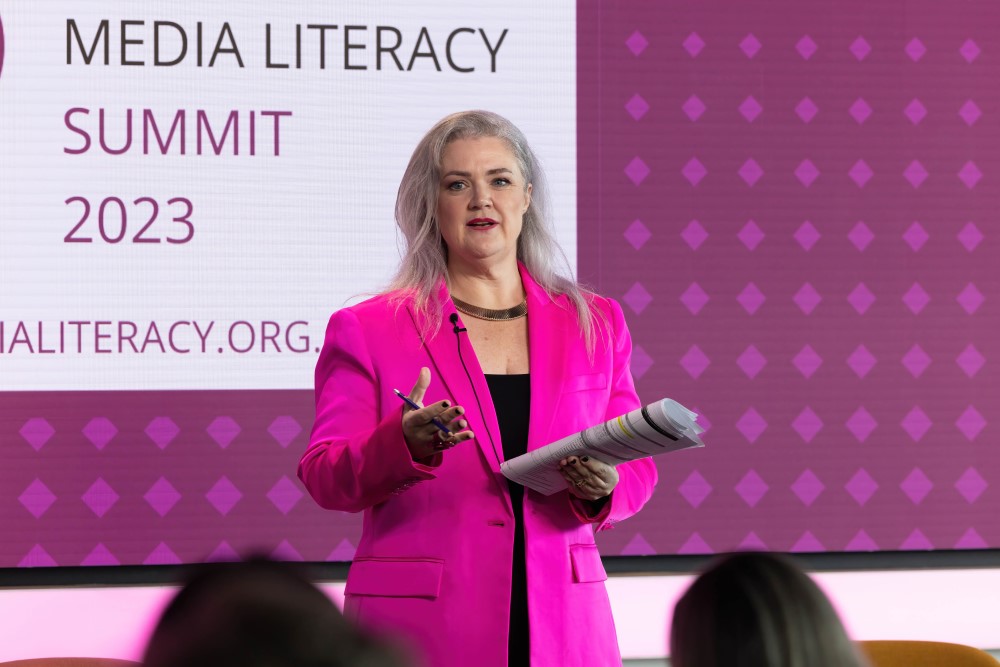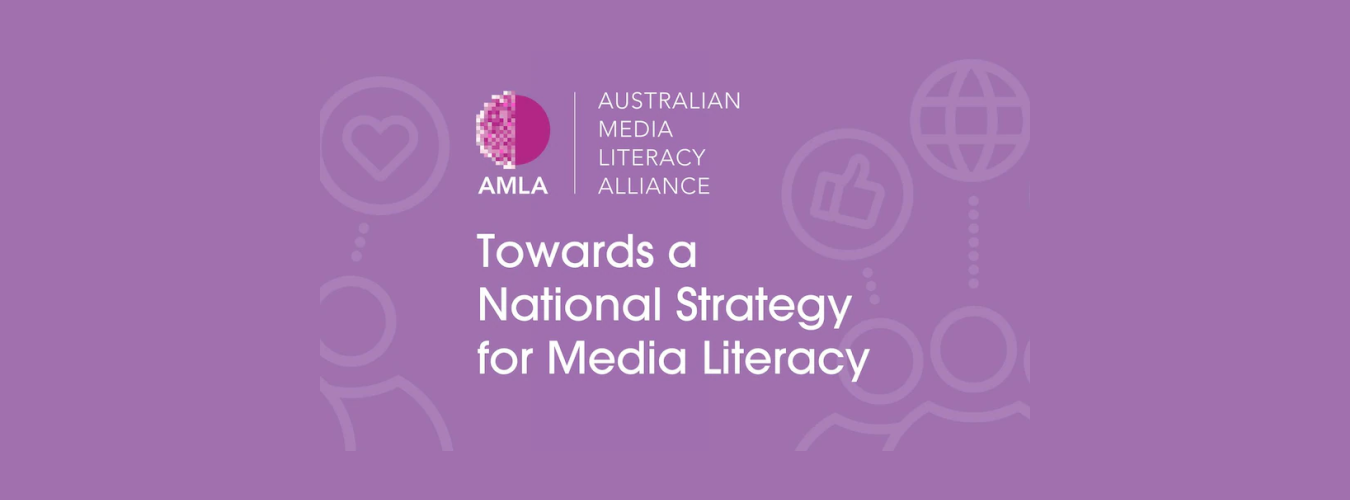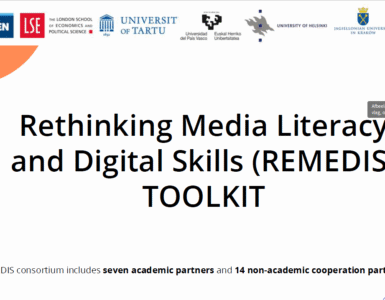by Michael Dezuanni, Queensland University of Technology; Tanya Notley, Western Sydney University; Annabel Astbury, Australian Broadcasting Corporation, Australia.
What would it mean to develop a national media literacy strategy for citizens at all stages of their lives? How would such a strategy define media literacy in ways that move beyond misinformation or other ‘current’ digital challenges, such as the potential impacts of AI? What role should government and industry play in developing such a strategy? Who is most in need of media literacy?
These and other questions were at the forefront of our thinking as the Australian Media Literacy Alliance (AMLA) contemplated the development of a national strategy for media literacy during 2021. AMLA was formed in 2020 by a group of organisations with the goal of promoting media literacy at the national level. Members include the Museum of Australian Democracy (MoAD), the Australian Library and Information Association (ALIA), National and State Libraries Australasia (NSLA), the National Film and Sound Archive (NFSA), the Australian Centre for the Moving Image (ACMI), the Australian Broadcasting Corporation’s Education team (ABC), the Special Broadcasting Service (SBS), Western Sydney University and Queensland University of Technology. Each of these organisations has a commitment to promoting media literacy for all Australians.

AMLA was formed because of the recognition that although Australia has had success with the implementation of media literacy in Australian schools, there is very little focus on media literacy for adults, with too few opportunities to learn media literacy knowledge and skills outside the formal education system. AMLA’s early efforts included the development of a national framework for media literacy, underpinned by six key concepts and ten learning outcomes. The purpose of this framework was to provide common language and goals to organisations wanting to promote media literacy. The framework aligns closely to the aims of the media literacy objectives of the Australian Curriculum, within the Media Arts curriculum.
To better understand the media literacy ‘state of play’ for adult Australians, in 2020 we undertook the first national survey of adult media literacy, which collected data from over 3500 participants. The survey provided some important and surprising findings. It showed that Australian adults have a low level of confidence in their own media abilities. We asked participants to say how confident they believed they were to help a friend with twelve separate tasks. In only 2 of the 12 tasks did more than 50% indicate they were either ‘extremely confident’ or ‘quite confident’. These tasks were ‘Find information they needed online’ and ‘Make a decision about what information to share online’. Tasks where less than 50% of the population were confident (10 of the 12 tasks) ranged from ‘Change their privacy settings on social media’, to ‘Check if a website can be trusted’, to ‘Take different types of shots when taking photos or videos’, and ‘Choose an appropriate video game for their 8-year-old-child to play’.

Another important finding was that there was a strong correlation between people with the least confidence in their media abilities and those groups of who tend to be digitally excluded, including older Australians, Australians living with a disability, people with low education levels, those with lower income levels and people living in regional areas.
The findings from this survey, along with a series of consultation events held around the country, were used to inform AMLA’s national strategy document. The consultation involved six workshops across the country and brought together 121 people, representing 89 diverse community organisations. The process revealed a strong national agreement that there is an urgent need to make media literacy a priority for all Australians. Participants drew attention to a range of challenges including misinformation on digital platforms, rapid changes in the media and communications technologies, threats to our democracy and the establishment and rising distrust of mainstream media. There was agreement that Australia cannot afford the social or economic costs of media illiteracy.

A key point of discussion in the consultations was how media literacy overlaps with aspects of online safety, digital literacy and information literacy. It was agreed that each of these concepts is closely related and that media literacy brings an important focus on critical engagement and reflection about the media that the other concepts sometimes pay less attention to. The consultation strengthened AMLA’s thinking about Media Literacy and the document suggests: Media Literacy is the ability to critically engage with media in all aspects of life. A person who is ‘critical’ from a Media Literacy perspective:
- Reflects on their own and others’ engagement with media;
- Is curious about and enquires into how media are made;
- Understands techniques used to create and communicate with media; and
- Understands the different ways media influence and impact society
In March this year, AMLA held the first National Media Literacy Summit in Sydney which brought together a range of people from industry, academic and the non-profit sector to focus on how to continue to advance media literacy on a national level. Moving forward, AMLA will continue to advocate for Media Literacy at the national level and over the coming years we will aim to expand our network of influence to as many organisations as possible.

Authors
Michael Dezuanni, Queensland University of Technology; Tanya Notley, Western Sydney University; Annabel Astbury, Australian Broadcasting Corporation, Australian Media Literacy Alliance, Australia.














